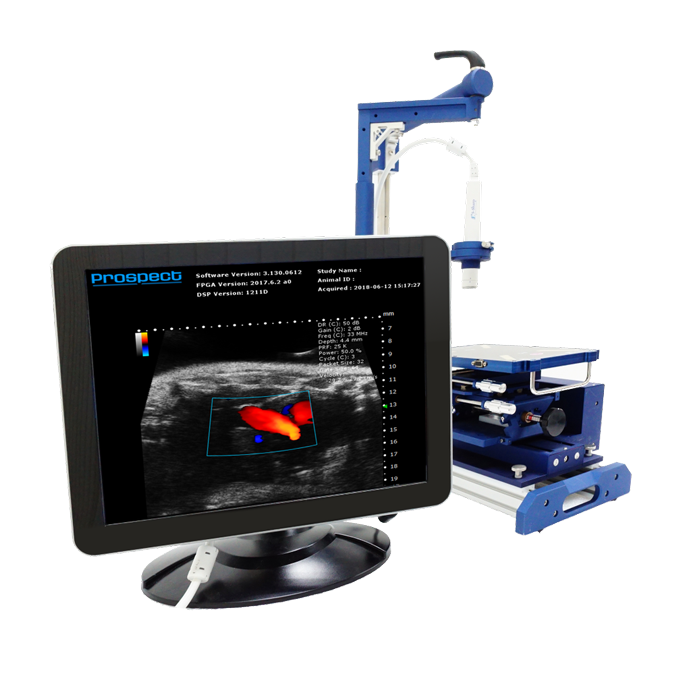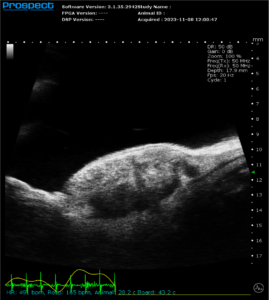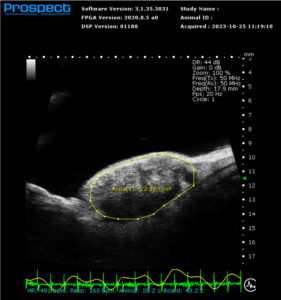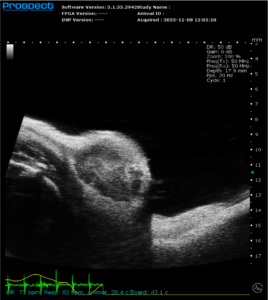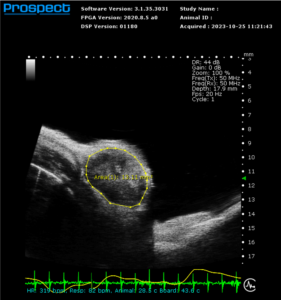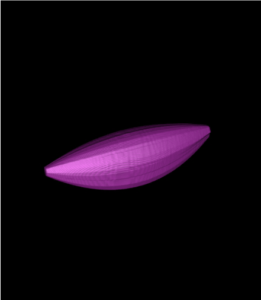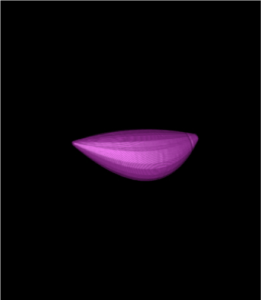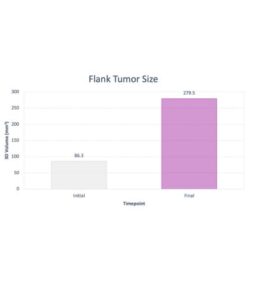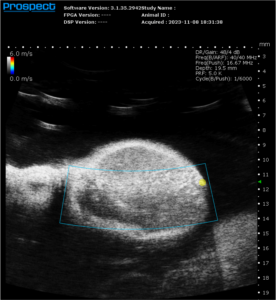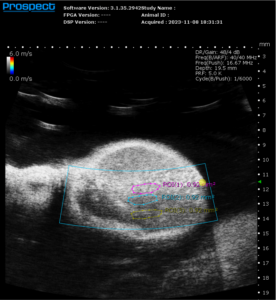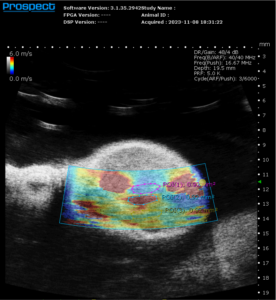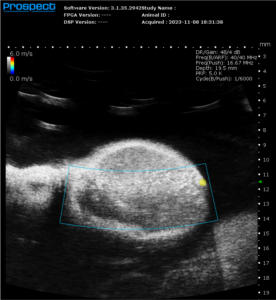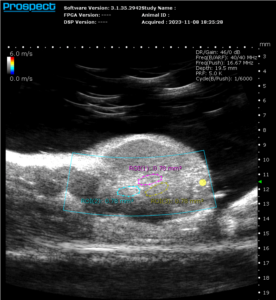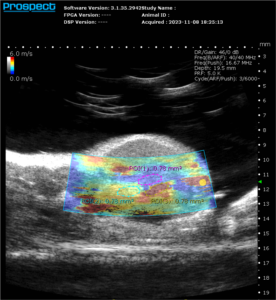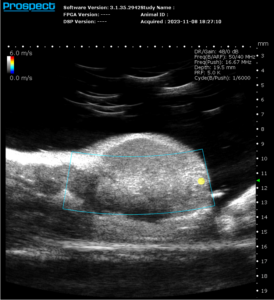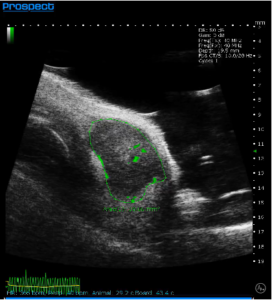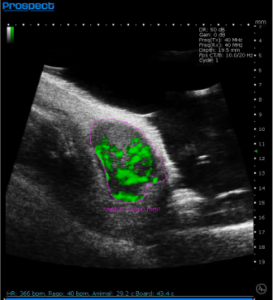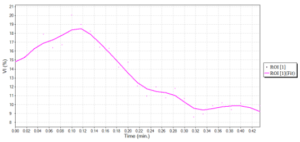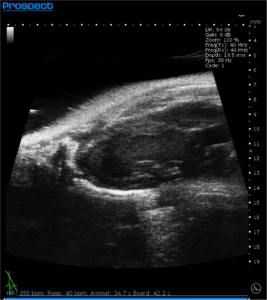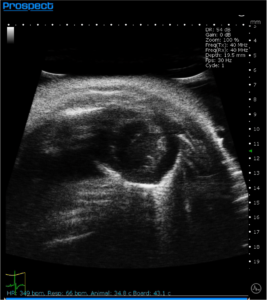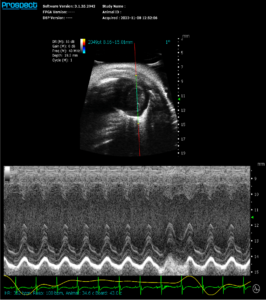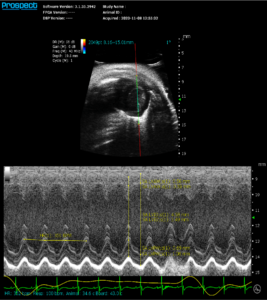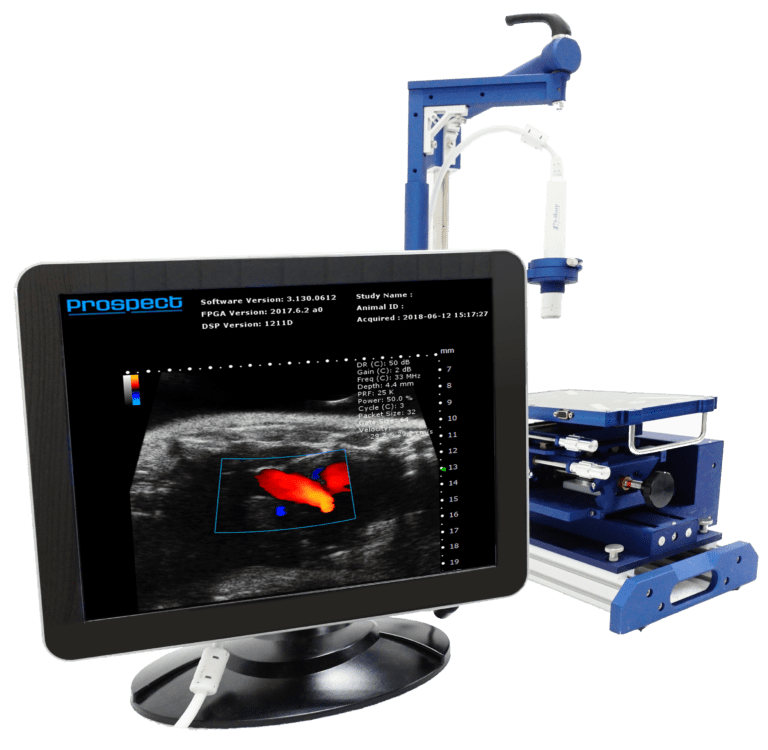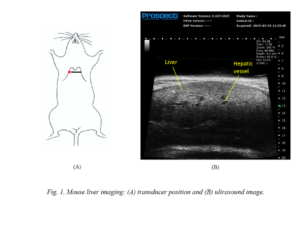Innovations in Radiolabelling Techniques and Radioimmunotherapy Enhanced by Ultrasound Imaging
- University of Zurich, Irchel Campus
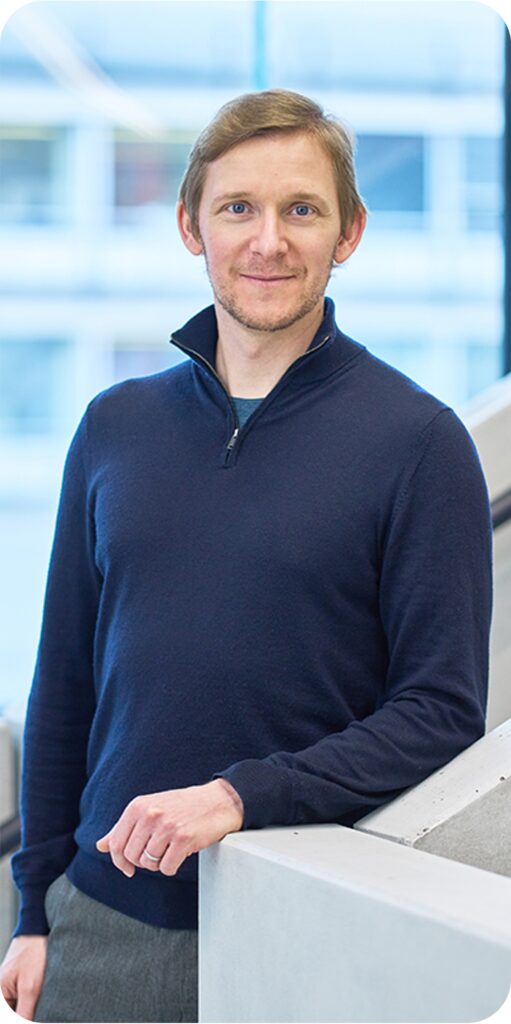
Dr. Jason Holland’s Lab. “Our group develops new chemistry to facilitate rapid and efficient radiolabelling of drug molecules, peptides, proteins, antibodies and nanoparticles. We are active in the discovery of new radiolabelling technologies including chelate synthesis, novel bioconjugation strategies, and surface-based methods for chelate-free radiolabelling of different nanomedicines. We also explore radioimmunotherapy with various therapeutic radionuclides where the power of Ultrasound Imaging helps us to evaluate therapy response of tumours at an early stage.”
*All data shown was acquired from Dr. Jason Holland’s lab using the Prospect T1 High-frequency Ultrasound System
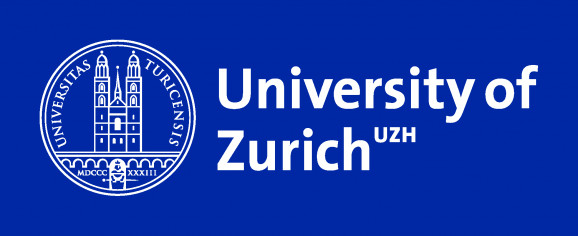
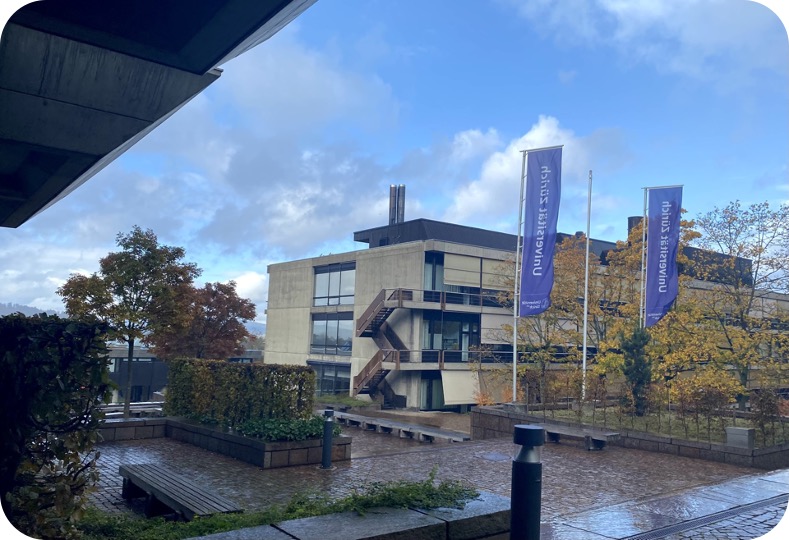
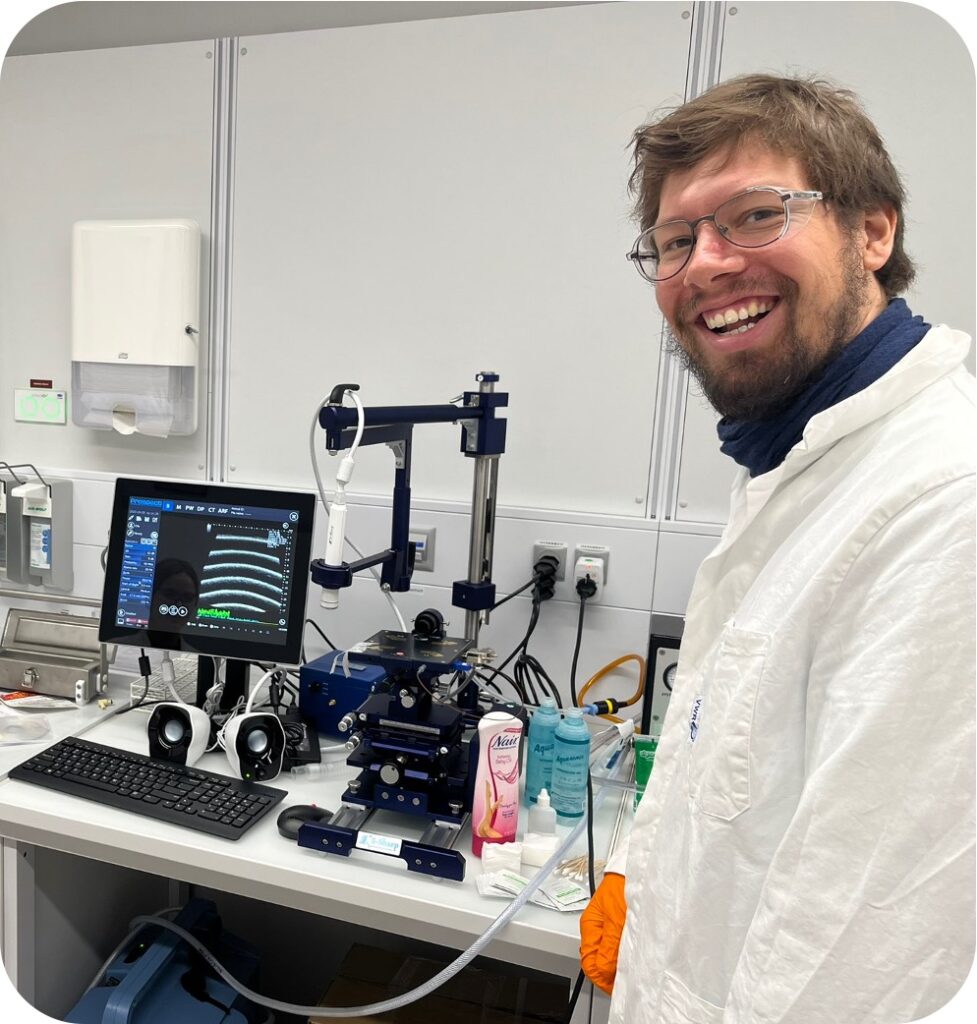
Detection of Flank Tumour in Athymic Nude Mouse.
This is a B-mode image of a flank tumour viewed in A) the sagittal plane with B) a 2D-area measurement of 23.4 mm2 of the tumour in this plane and C) the axial plane with D) a 2D-area measurement of 13.1 mm2 of the tumour in this plane.
3D-Reconstruction of Flank Tumour in Athymic Nude Mouse.
These are 3D-reconstructed images of a flank tumour at A) the initial time point (3D-reconstructed volume = 86.3 mm3) and B) the final time point (1 day later; 3D-reconstructed volume = 279.5 mm3) with C) the graphical representation of the initial and final tumour volumes of this mouse.
Tissue Stiffening Determined by Ultrasound Elastography in Flank Tumour of Athymic Nude Mouse.
This is a B-mode image of A) a flank tumour, B) the user-defined regions of interest, C) the elastography sampling screen with pseudo-colour indicating the speed of sound traveling through the tissue (red = 6.0 m/s; blue = 0.0 m/s), and the B-mode image with the tumour stiffening highlighted by red arrows with E) the graphical representation of the three regions of interest. F – J are a repeated, independent measurement from a different 2D-slice of the same tumour.
Contrast-Agent Based Imaging in Flank Tumour of Athymic Nude Mice.
These are contrast images highlighting A) the microbubble signal, B) the maximum intensity projection (MIP), and C) the vascular index curve showing the percentage of the presence of microbubbles as a function of time.
Cardiac Imaging of Athymic Nude Mouse.
These are B-mode images of the left ventricle in A) the parasternal long-axis view and B) the parasternal short-axis view at papillary level with C) the M-mode image showing the movement of the myocardial walls in short-axis view and D) the placement of measurements.
*A summary of this analysis will include the 15 parameters typically included in a typical echocardiogram such as cardiac wall thicknesses, chamber dimensions, functional parameters like ejection fraction and fractional shortening, etc.
Watch Our Webinars!
Articles & Publications
Recent Posts
Prospect T1
